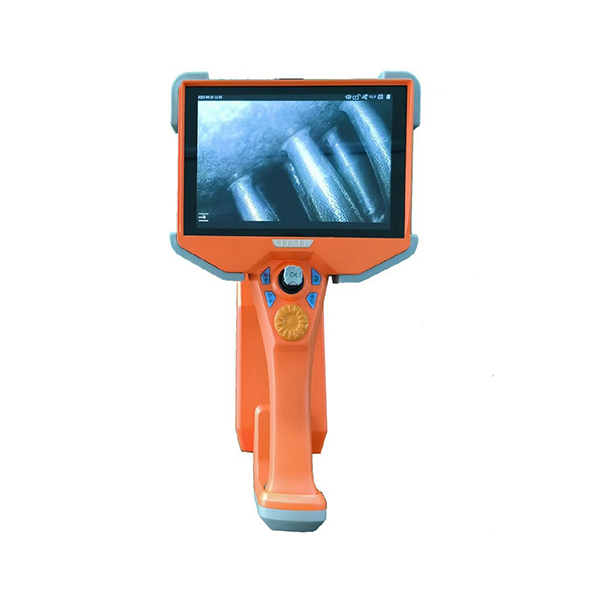Understanding the Price Factors of Industrial Endoscopes
Industriële endoscopen, essential tools in various industries for visual inspection of hard-to-reach areas, come with a diverse range of features and specifications. Understanding the factors influencing their prices is crucial for businesses seeking the right balance between quality and cost. Hier, we delve into the key aspects that contribute to the pricing of industrial endoscopes.
1. Optical Performance
The optical capabilities of an industrial endoscope significantly impact its price. Camera's met hogere resolutie, advanced lens technology, and superior image sensors contribute to better image quality. Endoscopes with enhanced optical performance tend to command a higher price due to the precision and clarity they offer during inspections.
2. Flexibiliteit en manoeuvreerbaarheid
The design and flexibility of the endoscope also play a role in determining its cost. Endoscopes with articulated or flexible probes, allowing for greater maneuverability and access to complex spaces, are generally priced higher. The ability to navigate through intricate structures adds value to the endoscope, making it an investment in versatility.
3. Length and Diameter of the Probe
The physical dimensions of the endoscope’s probe impact its price. Longer probes and smaller diameters often result in a higher cost. Longer probes enable access to more extended areas, while smaller diameters facilitate entry into narrower spaces. The combination of length and diameter directly influences the overall utility of the endoscope and thus affects pricing.
4. Lighting Technology
The type and quality of lighting used in industrial endoscopes contribute to their pricing. Endoscopes equipped with advanced LED or fiber optic lighting systems offer better illumination, enhancing the visibility of inspection areas. As improved lighting is crucial for accurate assessments, endoscopes with superior illumination technologies tend to be priced higher.
5. Waterproof and Durability Features
Industrial endoscopes designed to withstand harsh environments, such as water, chemicaliën, or high temperatures, often come at a premium. The inclusion of waterproof and durable features ensures the longevity of the device, making it a more reliable tool in demanding industrial settings.
6. Wireless and Connectivity Options
The integration of wireless capabilities and advanced connectivity options, such as Wi-Fi or Bluetooth, can impact the cost of industrial endoscopes. Wireless functionality enhances the convenience of inspections and allows for real-time data transfer. Endoscopes with these modern features may have a higher price point compared to their more traditional counterparts.
Conclusie
Ten slotte, the pricing of industrial endoscopes is influenced by a combination of optical performance, flexibiliteit, probe dimensions, lighting technology, durability features, en connectiviteitsopties. Understanding these factors enables businesses to make informed decisions based on their specific inspection needs and budget constraints. While higher-priced endoscopes may offer advanced features, it’s essential to strike a balance between functionality and cost-effectiveness for optimal value in industrial inspection processes.


